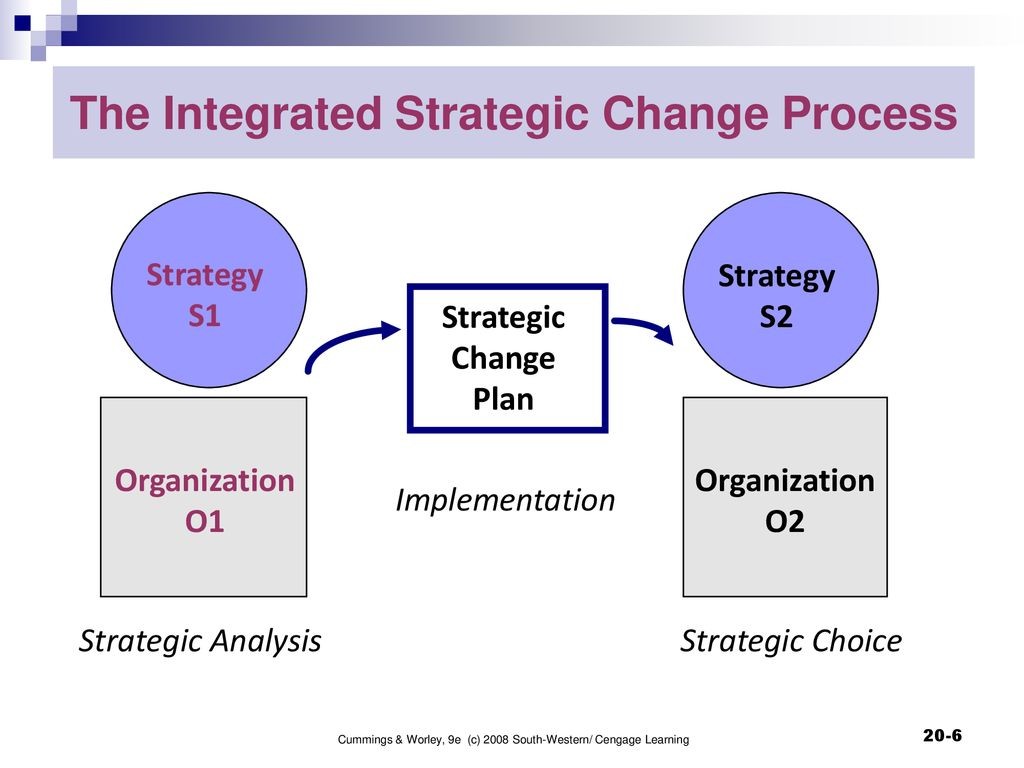Revisiting The What and The How: Framing the agenda for change and transformation
How many of us have led, participated, facilitated or observed a group of business leaders in a process of articulating and defining an organization’s change agenda? And how often do we find agreeing, aligning and articulating it relatively easily?
It’s a loaded question of course, because framing a change agenda for a major change or transformation effort isn’t an easy thing to do.
It tends to fall into the case of “easier said than done”.
Yet at the same time, with plenty of research, tools and expertise available, it’s not clear that this exercise has a sure-fire way of being done. And here’s the key condition – to everyone’s sufficient satisfaction.
Why might that be? And what can be done about it?
And with change so hyper-pervasive these days, how do you adjust it as it changes?
In this note we suggest that there are a few things that can be done to clarify the activity, so that at the very least you get an agreed understanding of the elements and process.
In order to help frame the issue, we draw on a generally accepted framework for looking at organizational change.

The challenges in defining strategic change
The Worley model of strategic change, although it can be challenged, provides a tried and true place to begin naming the key elements of the change agenda.
Step1: S1 and O1 – Current state strategy and organization capability
The first place to begin looking for clarity in articulation of your organizational change challenge is the current state. As can be seen from the Worley model, the left part of the framework describes two elements that need to be described in the current state. S1, the current strategy, is the first place to begin.
The accompanying O1 statement focusses on organization capability initiatives that support the current state strategy. Note the difference between the two – one aimed at the business metrics (revenues, share of market) and the second aimed at supporting or enabling the first. O1 elements are normally not stand-alone in that sense – rather they are intimately tied to S1 elements and are focused on providing the most robust ways of enabling the strategic initiatives to be successfully executed.
Here’s the tangle. The “what” part is S1 – the strategy. It is the hard, cast-in-stone business-related actions that are accompanied by well-defined metrics to ensure monitoring. The “how” is normally the term referring to O1, the capabilities.
O1 can be confusing since articulating capabilities can also use language that sounds like the S1 statements. But the purpose of O1 initiatives is to build capability to deliver the organization’s strategy. That is the difference between the two elements, which have come to be known collectively as “the what and the how”.
Step2: S2 and O2 – strategy and capability for B-state
Similar to S1 and O1, B-state strategy and capability require clarity and articulation in the same way as they did for current state. Even in the rare cases, where it may be that the S2 strategy remains the same as the current state, S2 and O2 articulate the “what and the how” for the organization’s B-state. About 10 years ago in the exploration and development sector of the oil industry, some strategies stayed in place over 5 and 7 year time frames. Nevertheless, the O1 and O2 elements changed significantly in order to deliver them.
Step 3 & 4 – interventions to attain B-state
We saved the best for last. Arguably, step 3 and 4 are the most difficult part of the exercise. It is here that the portfolio of initiatives gets pulled together, workstreams get pinned to swim lanes, milestones get assigned, and … well often you find yourself with a huge number of initiatives.
A whole book could be dedicated to portfolio structuring, since bringing the initiatives together into a coherent frame is what inevitably results in your portfolio of initiatives.
Suffice to say that here is where you have to make important choices. For instance, putting all your S2 and O2 initiatives into separate portfolios may make sense from a portfolio management point of view. But disassociating the O2 initiatives that are critical to enabling one of the S2 initiatives may not. Similarly, combining them all into one portfolio may provide a feeling of comfort around having your arms around the “whole enchilada”, but from a management point of view, it could result in a lot of time wasted in meetings where O2 resources are left yawning through critical but difficult and nuanced strategic metric choice debates.
Solutions and next steps:
There is no easy solution to change. But there can be some easy things done to simplify the effort.
Delineating the aspects of your change challenge into language that enables everyone to be speaking from the same sheet can greatly reduce the amount of unnecessary mis-understandings.
And delineating a process for re-visiting the change agenda and portfolio enables updates to the change without re-doing the entire effort. Whether you are agile or not, the strategic change agenda is a useful concept to come back to and ensure your flying towards the right destination and are building an airplane for your trip – and not a submarine.
Hopefully this quick summary is enough to clarify to all parties the critical parts of the change and transformation agenda.
Now you can get on with the task of framing the success factors for implementing!
For more information on setting yourself up for successful change implementation, contact us at ChangeVU.
#changemanagement #changeleadership #changevu #changeimplementation #resources #businesstransformation #dataanalytics #projectmanagement #leader #innovation #workforce #futureofwork #hr #leadership #digitaltransformation #transformation #change #digitalize #agileleadership #agilemethodology #agenda
